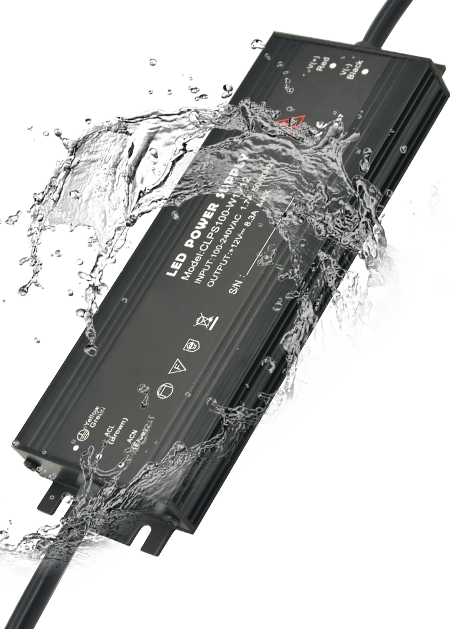When installing new lighting, many people face the question, “Do I need a driver for LED lights?”. With so many different types of LED lighting available, it cannot be clear. The fact is that any LED light will need a driver, but which one do I need? Below will explain what each type of LED driver is and what its use is.
Constant Current LED Driver
One type of LED driver is the constant current. This type of driver is used for low voltage lighting systems that have many different bulbs. It is best to choose this one if your lighting system has multiple bulbs. This is because it will not short out the other drivers in your system, allowing all of them to work together correctly.
Another type of driver is pulse width modulation or PVM. This one is used to set the pulse width of the light, which is how long each of the light bulbs will stay on. This is extremely important for controlling brightness. For a straightforward system, this is all you need. If you have more complex routines with your lights, you will probably want to opt for a different type of LED driver.
Strip Drivers
Some light drivers are strip drivers. These are used to provide uniform brightness throughout an entire strip of lights. They work by putting one light on top of another. You should find some good information about light strip drivers online. They are probably one of the most accessible types of drivers to work with and are perfect for indoor lighting applications where you want uniform brightness from your lights.
halogen driver
A bipolar halogen driver is another popular type of driver for led lights. It uses two different chemicals to regulate the amount of light that is produced by your lights. One chemical is used to hold the brightness of the light, while the other controls the color. These drivers are very reliable but can also be quite expensive. They often need to be customized to work with all kinds of bulbs, including halogen, fluorescent, and other colored lights.
A ring light
A ring light is another type of driver for led lights. These are used in many indoor applications as they produce a very tight ring of light around the light bulb. There has a choice if you don’t want broadband of light, but you want some uniform brightness in the middle of the ring. Ring lights are usually very affordable. However, if you are looking to use a wide variety of lights, this isn’t the best choice because you can end up with a very diffused light.
spectrum driver
The last type of driver we’ll discuss is called a full spectrum driver. This is the best choice for any lighting application. They take a broader view of the light that you are trying to illuminate and distribute it more evenly throughout the entire spectrum of colors. This makes them ideal for all kinds of lights, from fluorescent lights to light bulbs.
make sure you are looking at the characteristics of each
Between options for a driver for your LED lights, make sure you are looking at the characteristics of each. You want a driver who will produce the best quality light that is efficient and is easy to install. Some of the cheapest models are okay but don’t expect to have excellent results. Spending a little extra on a high-quality product will pay off over time, so don’t skimp. When you consider how much you will save over the life of your light, though, the price difference may not be enough to justify not having a suitable driver for your lights.



